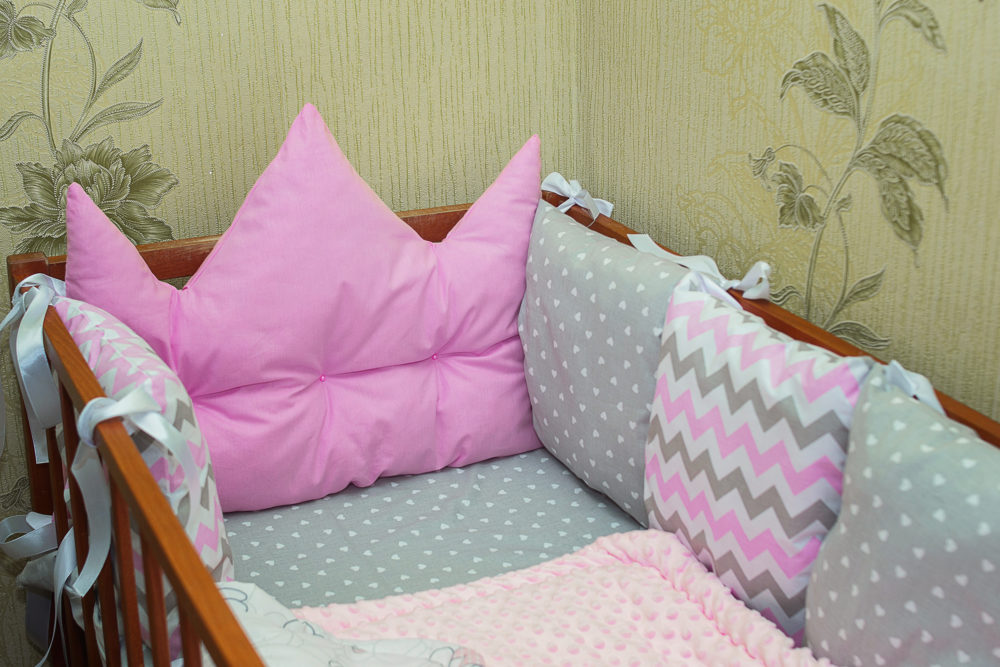CPSC Proposed Rule Would Ban Many Types of Padded Crib Bumpers

A recently proposed federal rule would add mandatory safety standards for crib bumpers, as part of a continuing effort to avoid suffocation and entrapment problems that have caused hundreds of infant injuries and dozens of deaths in recent years.
The U.S. Consumer Product Safety Commission (CPSC) voted unanimously this month to move forward with a newly proposed crib bumper safety rule, which would prohibit the sale of padded crib bumpers that do not meet the new federally mandated standard for airflow.
The CPSC issued a press release on March 26, saying the proposed rule focuses on replacing the current American Society for Testing and Materials (ASTM) voluntary recommendation for crib bumpers with a mandatory requirement, which would prohibit the sale of padded, pillow-like bumpers that fail to meet newly introduced minimum air flow requirements.

Did You Know?
Change Healthcare Data Breach Impacts Millions of Customers
A massive Change Healthcare data breach exposed the names, social security numbers, medical and personal information of potentially 100 million Americans, which have now been released on the dark web. Lawsuits are being pursued to obtain financial compensation.
Learn MoreThe proposed rule adds new airflow requirements, requiring bumpers to allow for minimum airflow similar to mesh liners, reduces the allowable crib bumper thickness to under 2” and adds a firmness requirement.
The CPSC warns that infants can suffocate when they roll against the crib bumper and become wedged between the bumper and mattress due to the soft, pillow-like surface of the bumper. This has been found to obstruct an infant’s mouth and airways, resulting in suffocation deaths.
Crib bumpers were originally designed to protect a baby from slipping through the large holes in crib slats and entangling the child. Many parents believe crib bumpers are necessary for infant safety; however, federal regulations changed the size of crib slats in 1993 to be narrow enough to prevent an infant from slipping through.
Now, crib bumpers are completely unnecessary and provide no additional safety factor for infants. In many cases investigated by officials, crib bumpers were the only cause of harm or death to a child.
A study published in The Journal of Pediatrics found that the majority of the infant crib bumper problems were due to poor design or construction. Near suffocations were often a result of a lack of bottom ties or not enough ties, allowing faces to get trapped in the bumper. Typically, choking or strangulation was the result of detached bumper ties and decoration, or frayed ribbons and loose stuffing.
The CPSC previously indicated it found 282 injuries and 107 baby deaths associated with crib bumpers from 1990 to 2016, and many of the deaths involved infants between four and six months old who were not able to roll from front-to-back or back-to-front.
Following the CPSC’s unanimous support by its commissioners, the proposal will be open for public comment to consumers, companies, and safety experts, and others to assess the feedback before a final mandatory standard crib liners rule is issued. The implementation of the new standards is anticipated to take about a year.
The ruling will also require a major secondary action, which will include removing all padded bumpers that do not meet the current standards from the market. Manufacturers, distributors and retailers will be required to stop the product and sale of the items, or face penalties from the governing agency.
It is unknown at this time what will happen for customers who have purchase these products in the past, and whether manufacturers will offer a store credit or how they will convince customers to return products that do not meet new standards.
The CPSC is accepting public comments on the proposed rule for 75 days. Instructions for how to submit comments are detailed in the Federal Register notice.




0 Comments